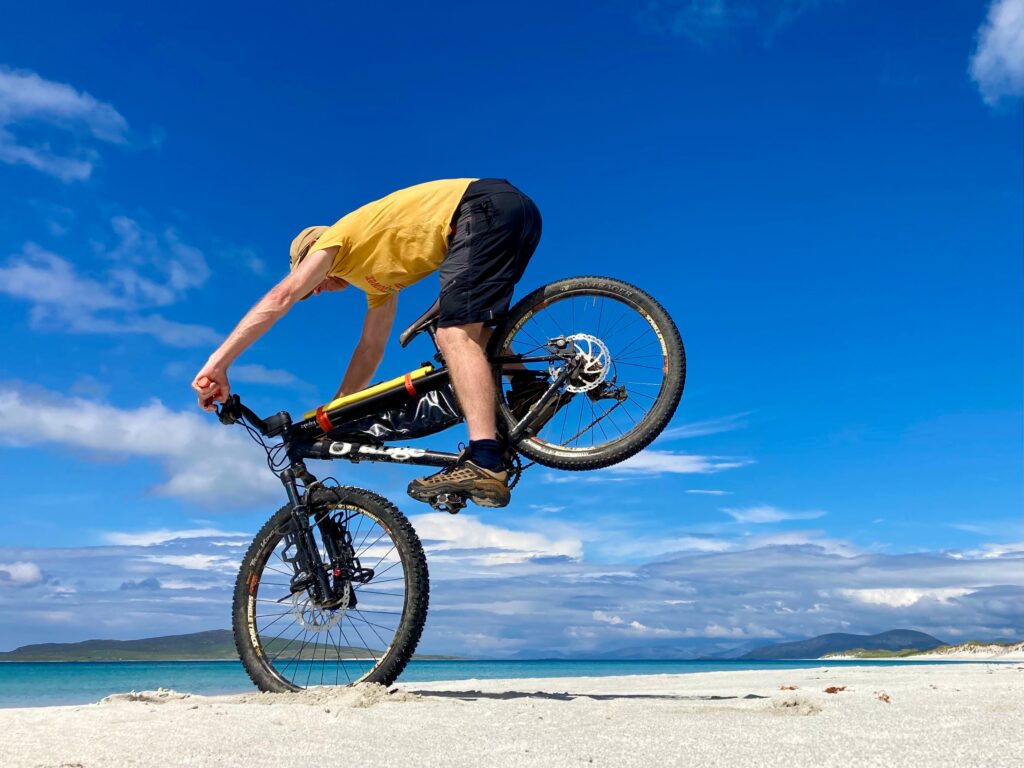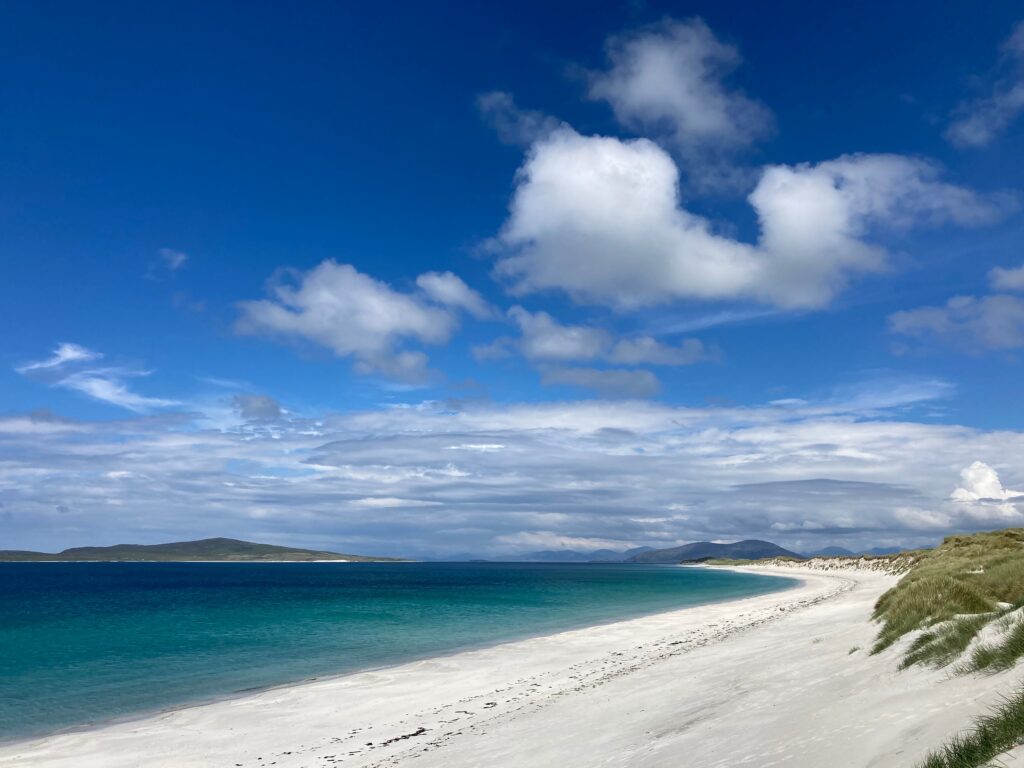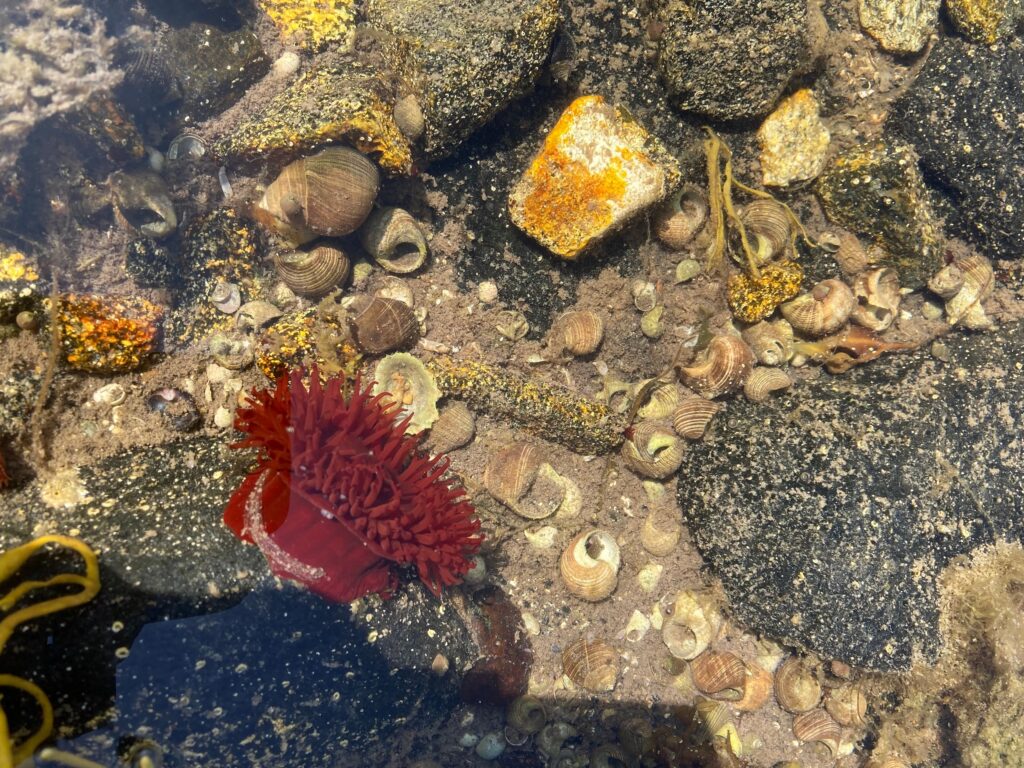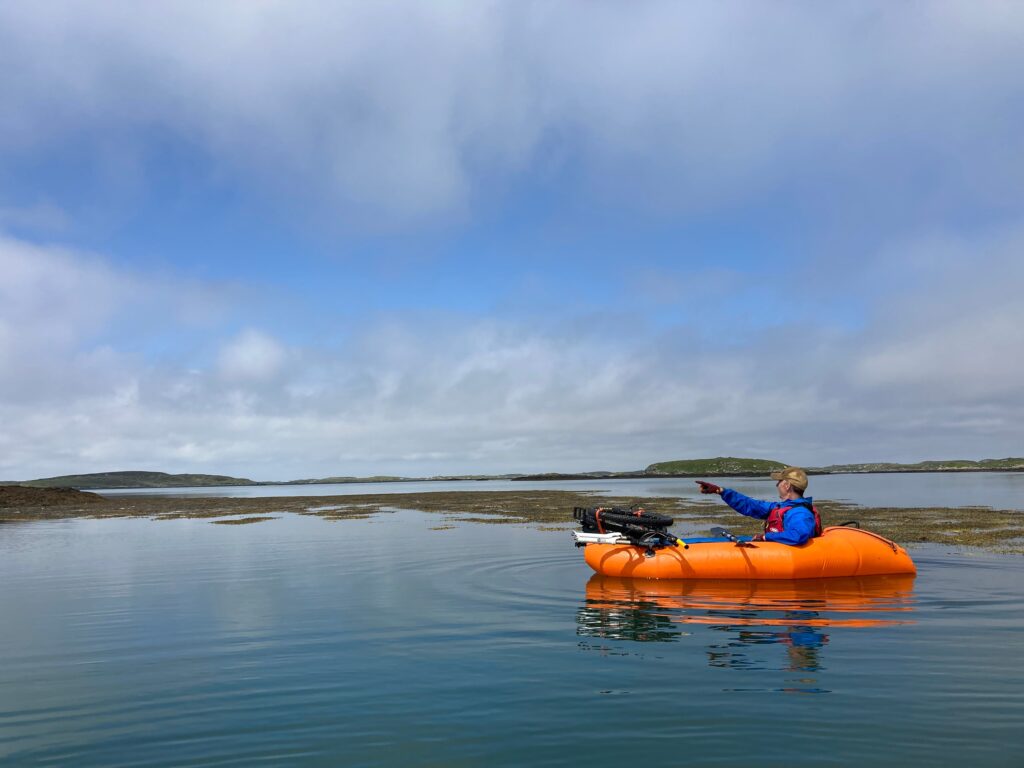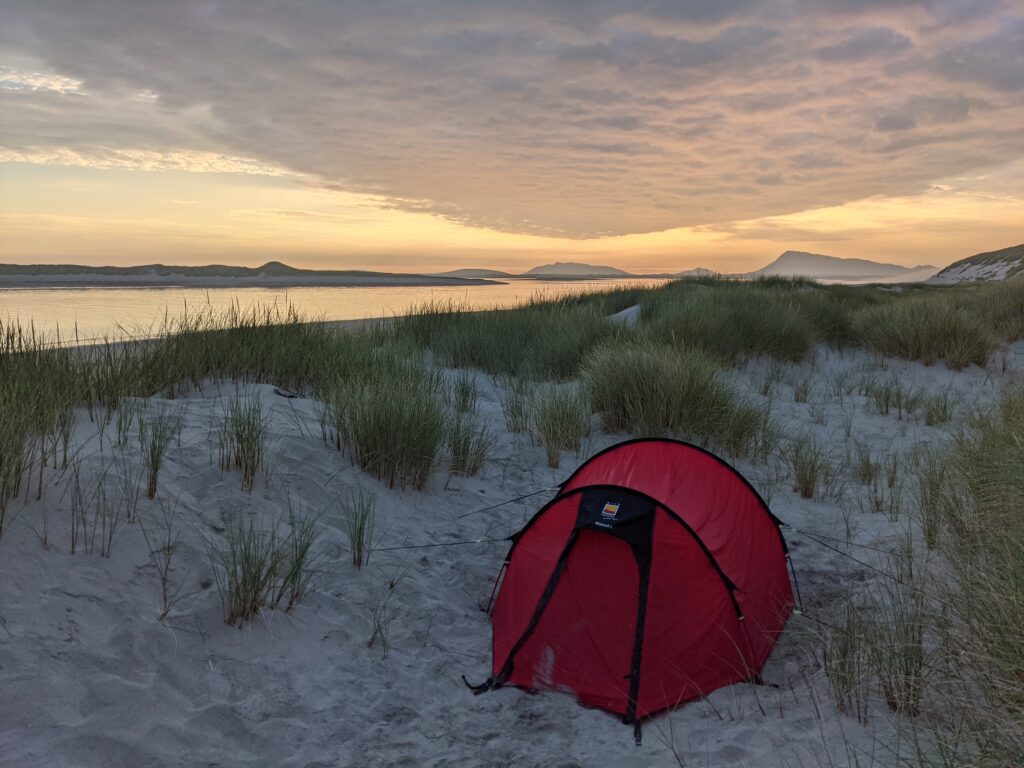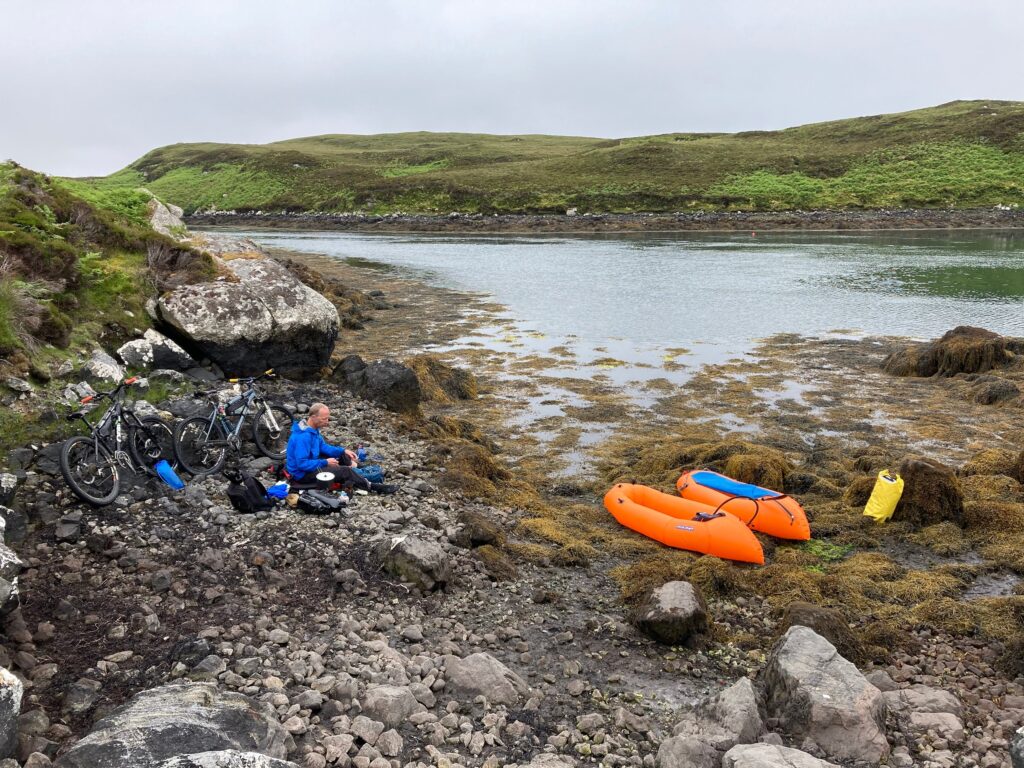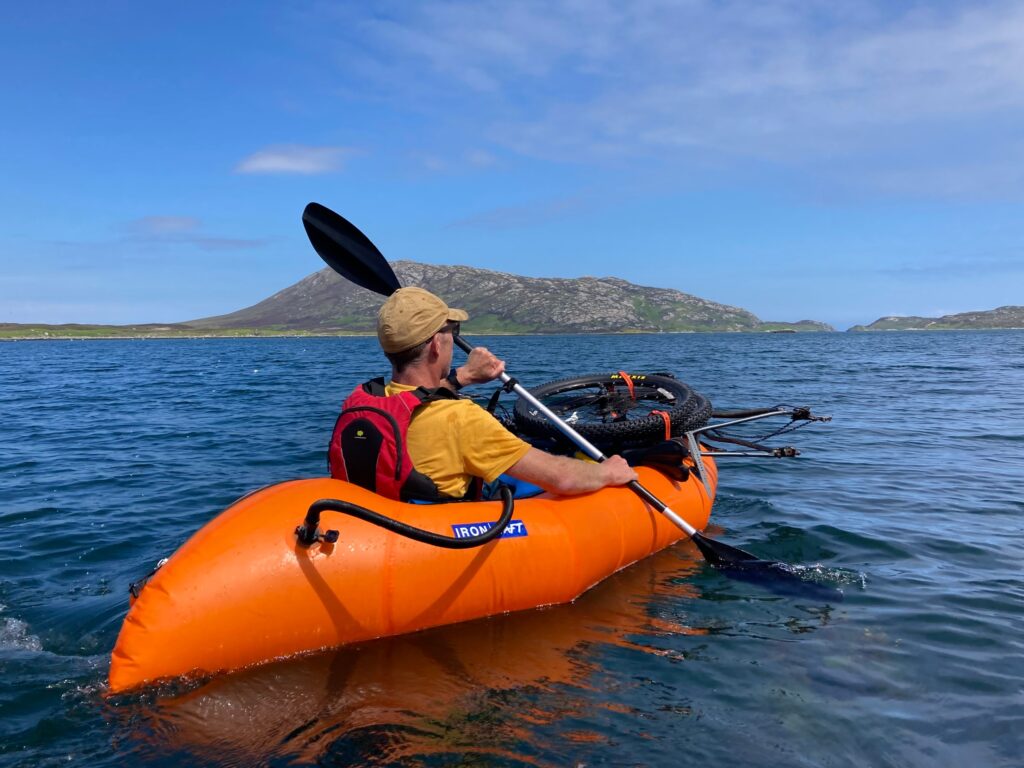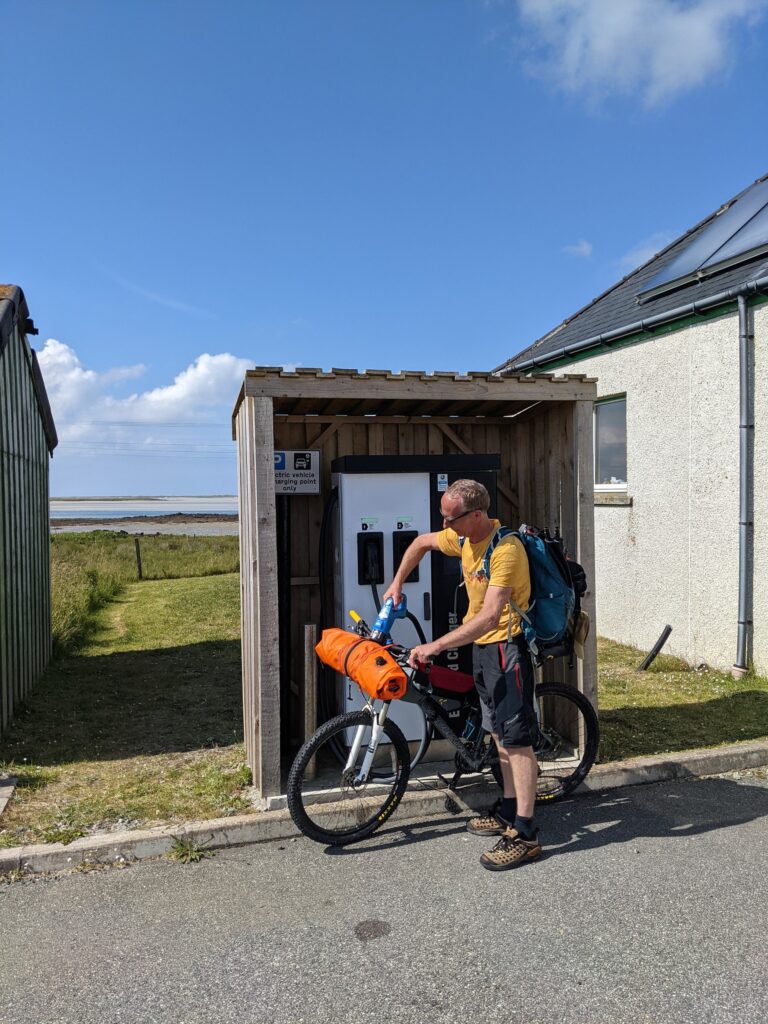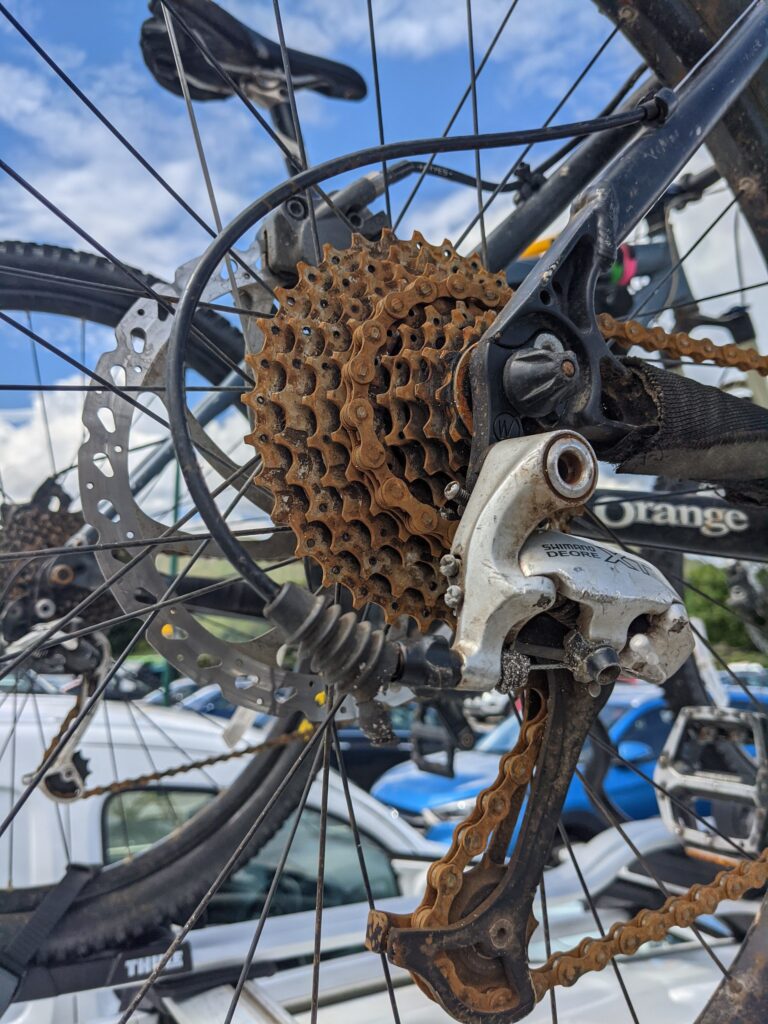Extending out into the North Atlantic, Scotland’s Western Isles account for some of the wildest and most remote environments in Britain. Their furthest reaches, the Outer Hebrides form a wind-blown, isolated archipelago, battered by the open ocean storms which regularly land here. These islands feel like nowhere else in the UK and have become somewhat of a pilgrimage for anyone looking for adventure relatively close to home. With international travel on hold, in 2021 Ben Sutton was forced to re-evaluate his scuppered plans and soon found himself in the Outer Hebrides on a bikerafting adventure he wouldn’t forget anytime soon.
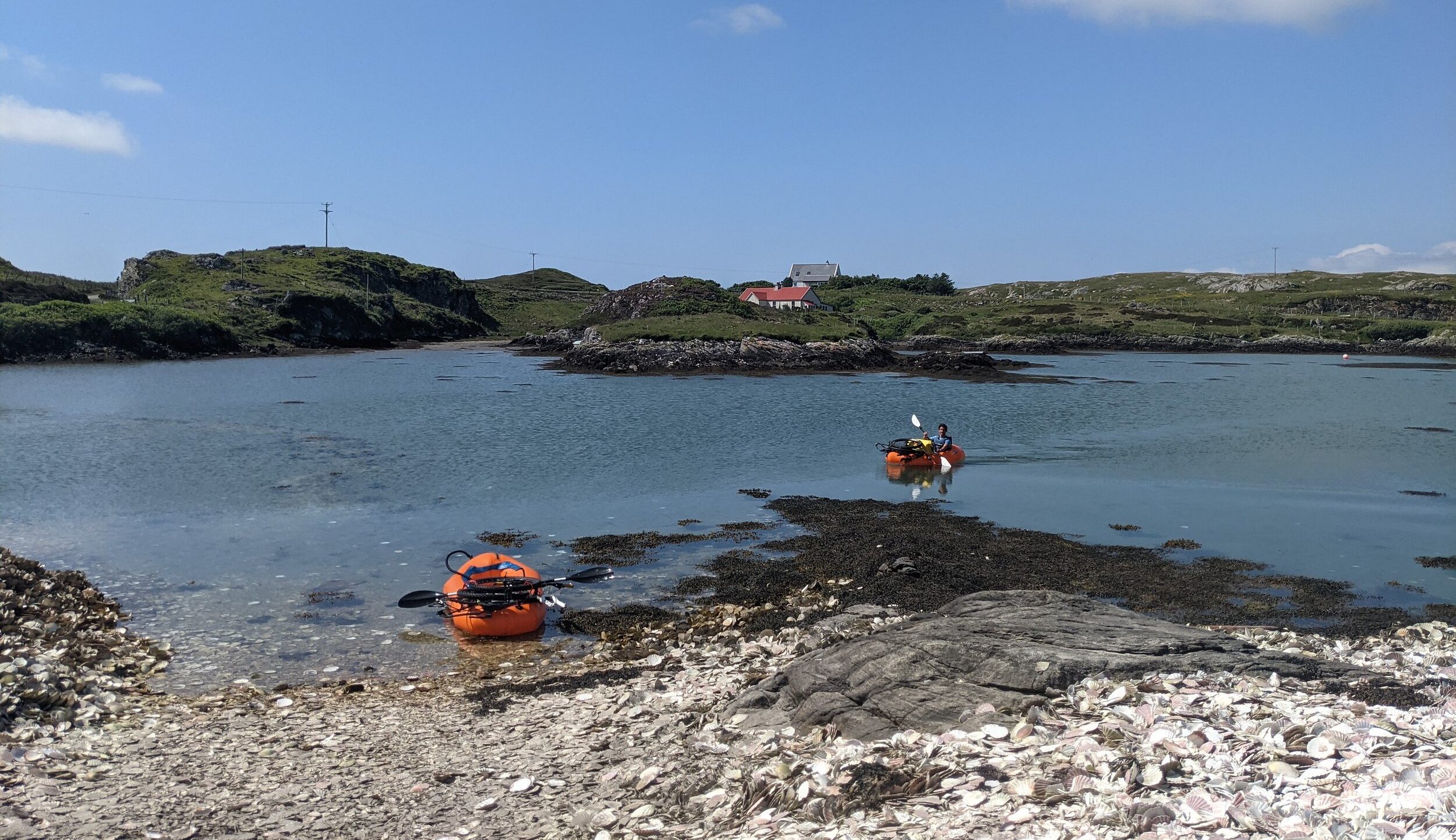
I stop paddling for just a moment and my raft spins on the tide. The foreshore we’d launched from is now as distant as that we are heading for. The water sparkles under the sunshine and a curious seal appears beside me to check me out. As I bob around my mind starts to drift.
This is the furthest we’d been from land so far, our first big loch crossing of the trip. What would happen if my self-built raft suddenly started to deflate? It was too far and too cold to swim. Could I really call for help when treading water? Could Rich rescue me? We’d have to cut his bike free to make room. I pushed the thoughts to the back of my mind and paddled hard for the distant shoreline.
It was Rich’s 40th birthday year, which meant we’d been granted a week’s adventure pass. The original plan was climbing in the Lofoten Islands but international lockdown put paid to that.
By early 2021, the postponed plan had morphed into an Iceland traverse by bike. But despite the fact that international travel was starting to open up again, we couldn’t risk spending our entire trip in a Reykjavik quarantine hotel.
We began looking at bikepacking adventures closer to home and it wasn’t long before Rich came across a trip report by Huw Oliver & Annie Lloyd-Evans. A bikerafting circumnavigation of North Uist in the Outer Hebrides, which they described as being as close to true expedition biking as you can get in the British Isles. We were sold!
Rich nor I had ever used, let alone owned a packraft and riding on sand would almost certainly require fat bikes, which again neither of us had to hand.
North Uist is a patchwork of small lochans which means that more than half of the island is covered in water. This coupled with the stunning white sand beaches, backed by machair meadow, the west coast makes for a unique bikerafting destination.
There were, however, a couple of minor logistical holes in our plan: Rich nor I had ever used, let alone owned a packraft and riding on sand would almost certainly require fat bikes, which again neither of us had to hand.
We came up with the madcap scheme to make our own rafts from a kit. We’d join the PU nylon panels together with a heat-sealing iron. Cue many hours spent cutting, ironing and sealing, followed paddling pool sessions to find and fix innumerable leaks. Eventually though, I was ready for an inaugural outing. With my bike strapped to the front of my new homemade packraft I headed down the Axe, my local river. We were on!
We decided to ignore the second logistical issue and just take our bog-standard mountain bikes. If they sank into the sand we’d just have to push.
A couple of years back we’d flown to Scotland to climb the Cuillin Ridge and very nearly missed our flight due to bad traffic en route to the airport. Armed with a stacked trolly, we raced into the departures lounge, but the sliding doors didn’t share our urgency. I collided with the doors, derailing one of them completely which didn’t go down so well with the airport security. We made the flight but decided that this time, we’d opt for more sedate approach. Heading for the Uig ferry port on the Isle of Skye, we drove through the night from our homes in Devon, via numerous surreal coffee and star jump stops in various deserted service stations in the dead of night.
Arriving on North Uist late the next afternoon, we pedalled out of town to camp on the shore of Loch Sgadabhagh, ready to launch in the morning and start our journey south.
Judgement day was upon us. We inflated our rafts, strapped on our bikes, squeezed in with all our kit and off we went. It was a success, at least to start with. We spent a great day on the water, connecting various lochs via short portages, before camping at the foot of Eabhal, the highest peak on the island.
We scrambled up to the summit to eat supper, free from ticks and midges and were rewarded with a stunning view of the islands. The patchwork of moors and lochans below provided a preview of the following days’ adventures.
The next day we continued south, hopping from island-to-island across the open sea lochs of the east coast. With no traces of civilisation to be seen, it felt properly remote.
We ended at up Kallin harbour, shellfish capital of Uist. Rich hadn’t found time to check for leaks before departure and by the time we landed up on the shellfish beach, he was like Captain Jack Sparrow in the opening scene of Pirates of the Caribbean, barely reaching the shore before becoming fully submerged.
Continuing south into Loch Uisgeabhagh, the tides would be against us the following morning, so we decided to cross to Balivanich on the west coast of Benbecula on the bikes. This village on the west coast is the main centre for the population of Uist. Its main feature, the site of a Second World War airfield was, at the height of the Cold War in the 1950s, converted into the Hebridean Rocket Range Control Centre. Now, the site serves as the regional airport.
Battling with a headwind through the concrete commercial buildings and 1960s housing, at the end of a particularly long day, we arrived into the village. We turned the corner to the sight of every wild campers dream: our first glimpse of the famous white beaches which line the west coast and the only supermarket on the islands.
For the next couple of days we’d be following these windswept beaches north, connecting the uninhabited tidal islands via the short sea crossings between them.
We camped in the dunes below the airport perimeter with the aim to cross the first tidal channel to Baile Sear at low tide early the following morning. We’d been warned of the strong tidal flow here and chatting to a couple of guys fishing for Tope that evening their comment on hearing about our adventure was “weel whatever ye dae, don’t try an’ cross ‘at channel!”.
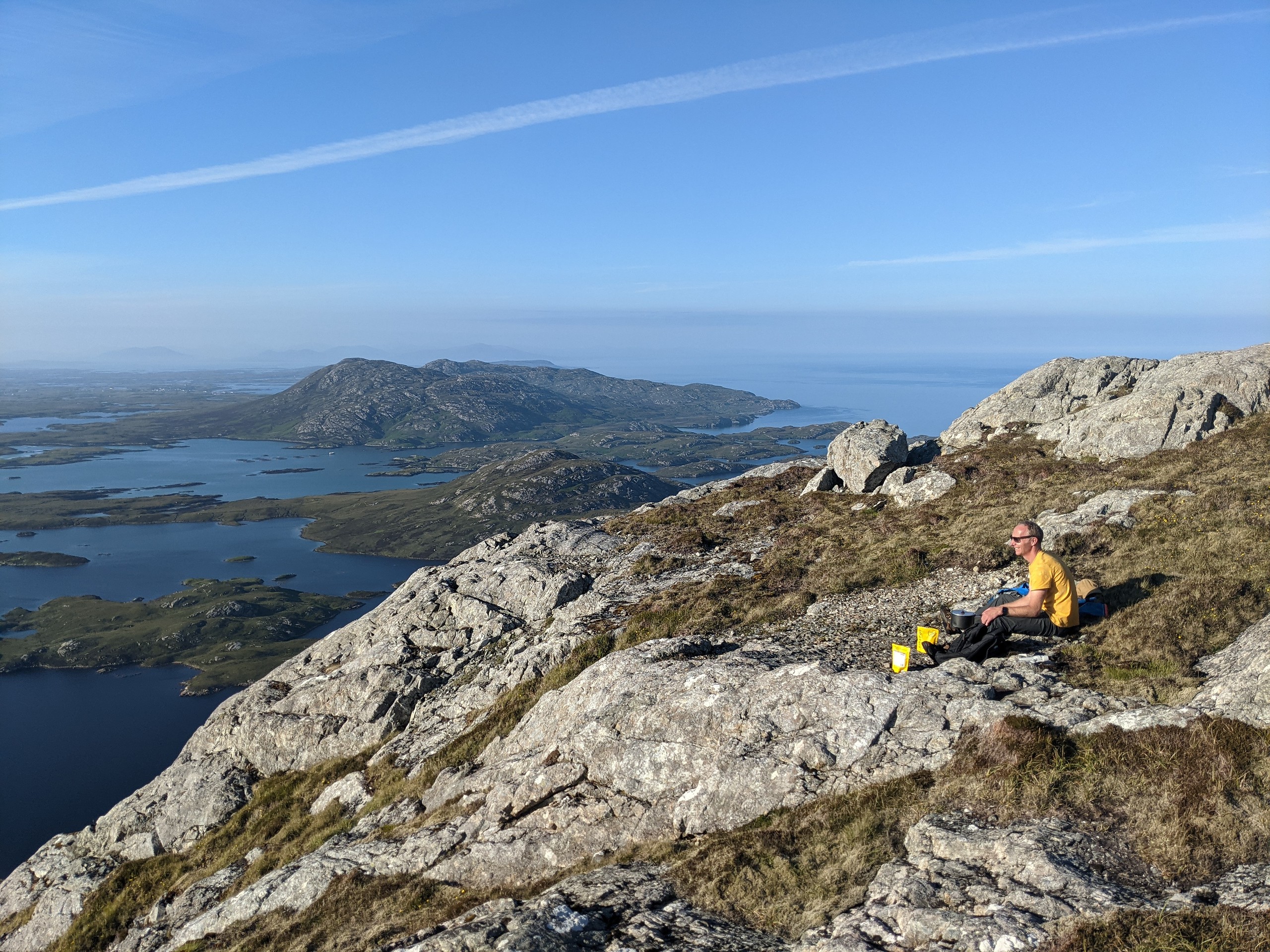
By the time we landed up on the shellfish beach, he was like Captain Jack Sparrow in the opening scene of Pirates of the Caribbean
It was a fitful night’s sleep but in the morning the sea was like a mirror. The crossing was smooth and we spent the day continuing up the west coast, connecting the remote beaches of Baileshear and Kirkibost. For the most part, the sand was surprisingly firm too.
The north west coast was different again, with sandy inlets and headlands backing onto flower filled machair meadows, leading us all the way to the causeway crossing to Berneray from where the ferry connects to Harris.
The sun came out for an amazing afternoon messing about on Berneray, spent swimming and jumping off the dunes before accepting we needed to get back on the bikes, find somewhere to camp, and be ready to get back on the water the next morning.
We pedalled along the shore of Loch Portain on the north east coast looking for a camp and launch spot, which took us even further from our planned route. The whole shoreline was fenced off but eventually we managed to sneak through a deserted property to the side of the water. We were starving, the infernal midges descended and there was nowhere to pitch a tent. We eventually settled for a lumpy spot for the tent, cooked up supper and ate it through a mouth sized hole in our outer garb.
Our final day arrived and for the first time it was wet and windy, giving us a taste of how different the trip could have been. Fortunately, it was a northerly wind, so we sailed alongside Loch Portain, hoisting our inflation bags on our paddles, before crossing Loch Mhidhinis and island hopping our way back to our starting point in Lochmaddy.
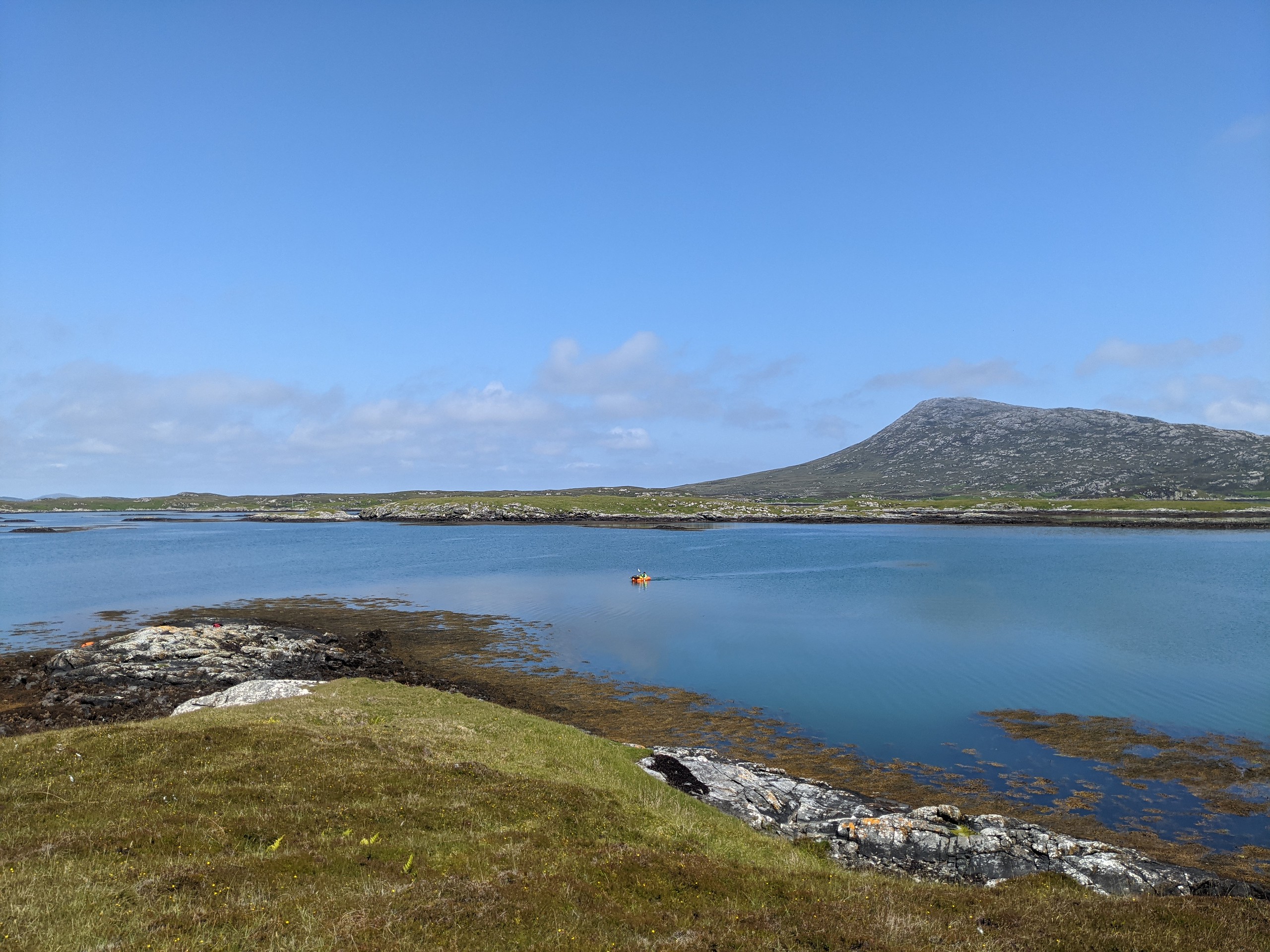
We’d completed our journey but the rain was sheeting down so we retreated to the museum café for hot food to debrief.
The trip had been a gamble, the safest option would have been to fall back on our bread and butter – a normal bikepacking route or climbing in the mountains – but the gamble paid off. It had felt like a proper wild adventure with real unknown outcomes. Would the rafts work? Would the bikes be manageable fully loaded? Would we find drinking water? Would we get swept out to sea?
Bikes and packrafts are a unique way to explore remote places like this and now I’ll never look at a map in quite the same way again.
Our ferry home was early the following morning, so we spent our last evening in the Lochmaddy hotel bar with Roddy the benevolent village drunk providing slightly edgy entertainment.
What we Learned
- Bikerafting is a great way to travel in environments like this.
- Don’t put your lunch or shoes inside your raft.
- If there us seaweed in this loch, it’s not drinking water. Accessing potable water was a bigger issue than we’d anticipated.
- There is a considerable degree of faff in bikerafting so it’s worth choosing a route to minimise transitions.
- When the wind dropped, midges were a given but the tics were constant.
- Saltwater and bike drive trains do not mix well.
Don’t miss a single adventure
Sign up to our free newsletter and get a weekly BASE hit to your inbox
You might also like
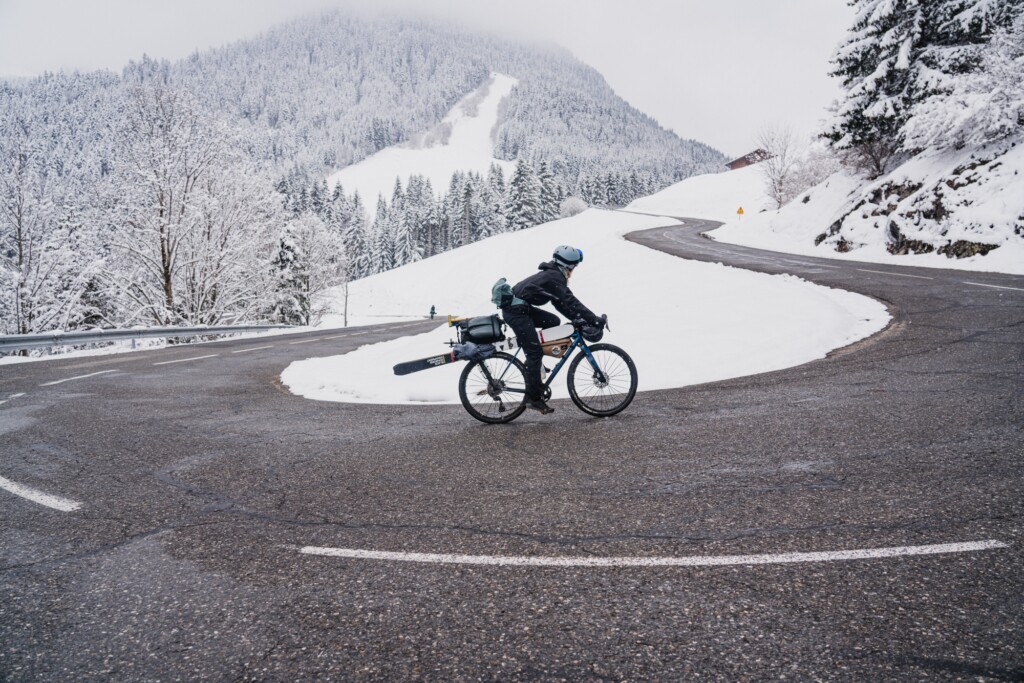
Story • Gaby Thompson • Jun 26, 2023
Bike. SKi. Fondue. Repeat
A backyard adventure with close friends in the French Alps

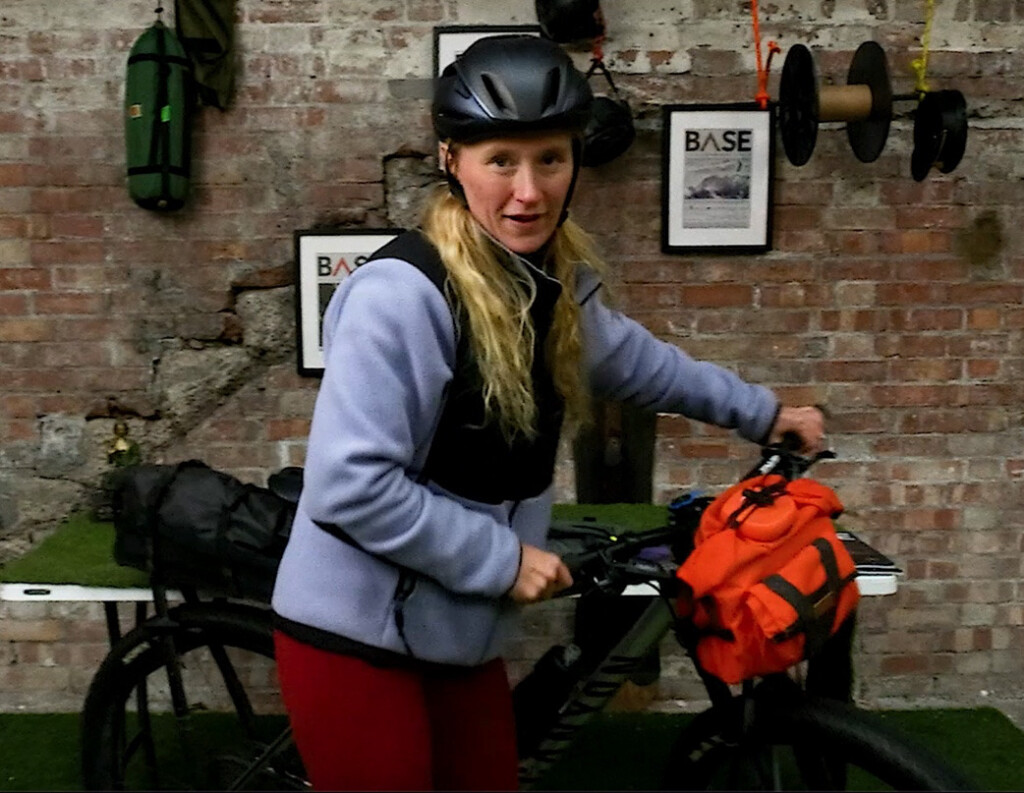
Video • BASE editorial team • May 26, 2023
Top Five Bikepacking Essentials Every Rider Needs To Know About
Don't leave home without these must-have bits of bikepacking kit
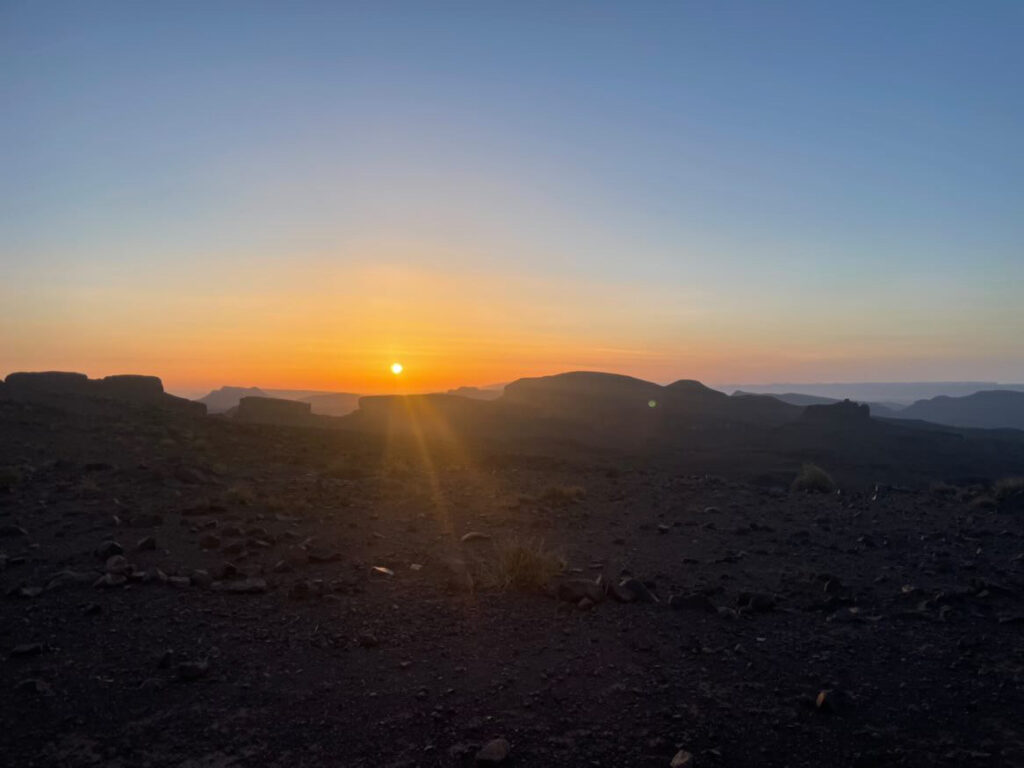
Story • Charlie Bell • Apr 06, 2023
The Highs and Lows of Cycling 1300km Through The Atlas Mountains
The Atlas Mountain Race is a brutal bikepacking race across Morocco's sand-strewn deserts and snow-capped mountains

